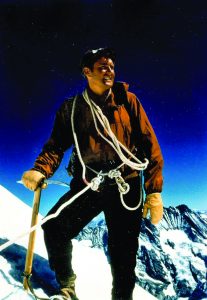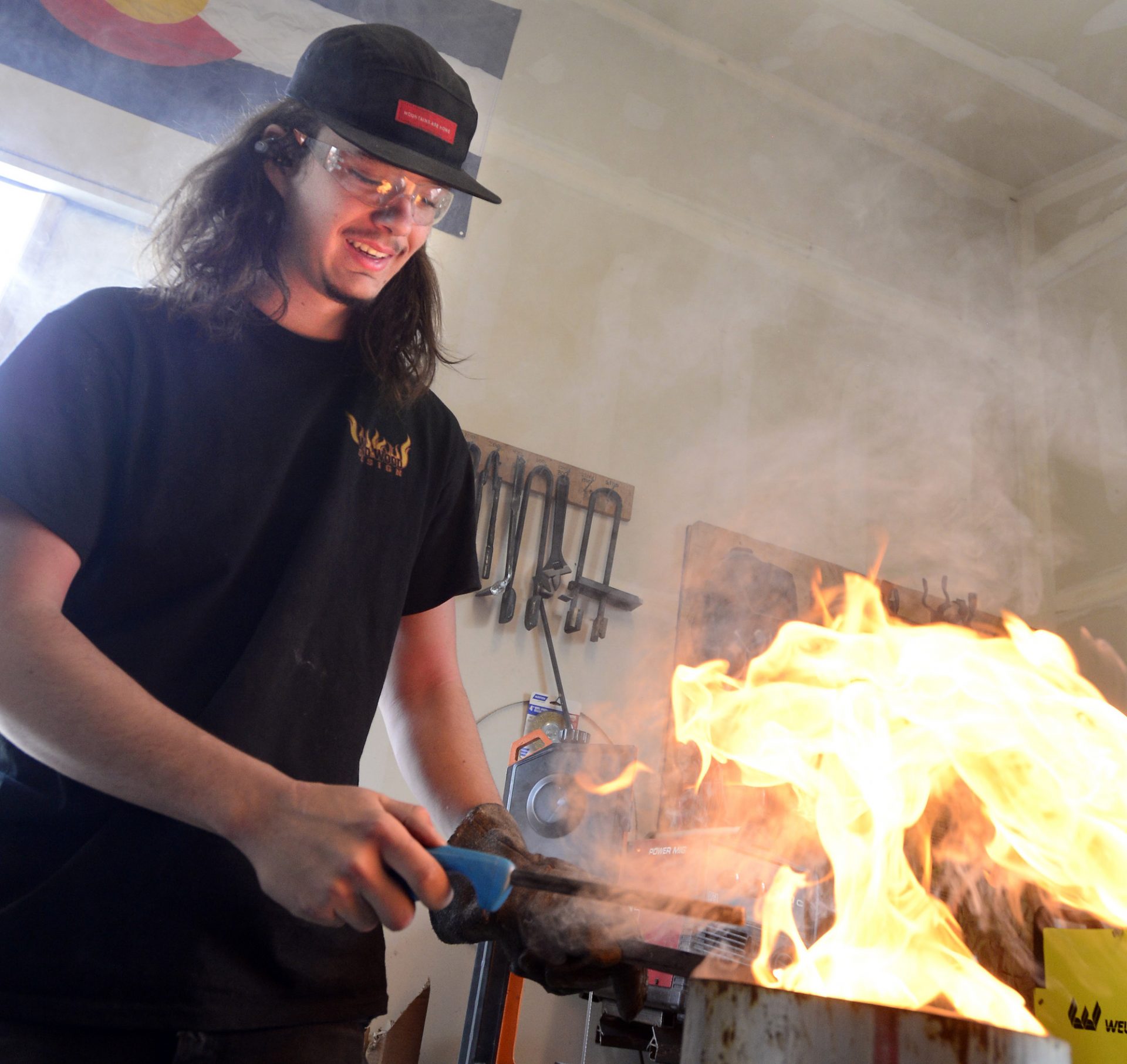Kenneth Wright: Local Water Legend
08 Sep 2021
Local engineer Kenneth Wright spent his career in water safety, and he’s not stopping yet.
When it comes to water issues in Colorado—and around the world—Boulder resident and well-known water engineer Kenneth R. Wright has received a flood of accolades.
Both Wright and his wife Ruth, a former Colorado legislator and public safety advocate, received the prestigious Lowell Thomas Award from The Explorers Club, an international exploration society based in New York.
In 1958, the Department of the Interior awarded Wright the Gold Medal of Valor for diving into a channel near the Rio Grande, fully clothed and in leather boots, to help rescue a hydrologist of the U.S. Geological Survey after their boat capsized. A few years later, he helped rescue a young Boy Scout who fell off a cliff in the Indian Peaks Wilderness and lay severely injured in a stream bed.

Wright taught avalanche safety at Arapahoe Basin, helped Molson Coors protect the supply of its legendary Rocky Mountain water and was a leader in the Colorado Mountain Club. He’s also an authority on prehistoric civil engineering water projects in Peru. Excavating an ancient Inca fountain at Machu Picchu, Wright’s team of archaeologists was astounded when water came gushing out of a conduit that had been clogged for nearly five centuries. Later studies in ancient water development would take him to Mesa Verde National Park in Colorado.
The importance of water safety has always been a driving force of Wright’s globetrotting career. Still working nonstop at the age of 92, this longtime Colorado resident has now embarked on a safety campaign aimed at keeping paddlers, kayakers, anglers and swimmers alive by advocating for new legislation to address issues caused by low head dams.
Although they’re less than 15 feet high, low head dams are deceptively dangerous. There are 80,000 in the U.S.—some 1,100 in Colorado alone—and many have the potential to become drowning machines. According to the Association of State Dam Safety Officials, about 50 fatalities typically occur each year at low head dams nationally, and the number appears to be increasing as more people recreate on rivers.
Concrete low head dams, important for flood management and irrigation, are difficult to see from upstream—the top can be several feet below the water’s surface. Because of their small size and drop, low head dams do not appear to be dangerous. However, flowing water can create a strong recirculating current or reverse roller (sometimes referred to as the “boil”) at the base of the dam.
 Even on small rivers, Wright says the force of the reverse roller can trap a canoe or kayak against the face of the dam and pull the paddler underwater, even if they’re wearing a personal flotation device.
Even on small rivers, Wright says the force of the reverse roller can trap a canoe or kayak against the face of the dam and pull the paddler underwater, even if they’re wearing a personal flotation device.
With the help of his wife Ruth, Wright and his Denver company, Wright Water Engineers, Inc., are campaigning for dam owners to enhance safety, post warning signs and, in some cases, remove the dams entirely. Wright has educated emergency first responders about low head dam safety issues and has been called to testify as an expert dam safety engineer in drowning-related lawsuits across the country.
According to Wright, a new Colorado low head dam initiative will provide valuable information to the public to help prevent tragic and needless harm from the dangerous hydraulics sometimes present at these all-too-common structures.
“Low head dams look safe, like a place to have fun on the river. With more public education, especially to schools, and paddling and fishing organizations, maybe we can keep them that way,” Wright says.
Dam right.
Learn more and see safety videos at damsafety.org.












